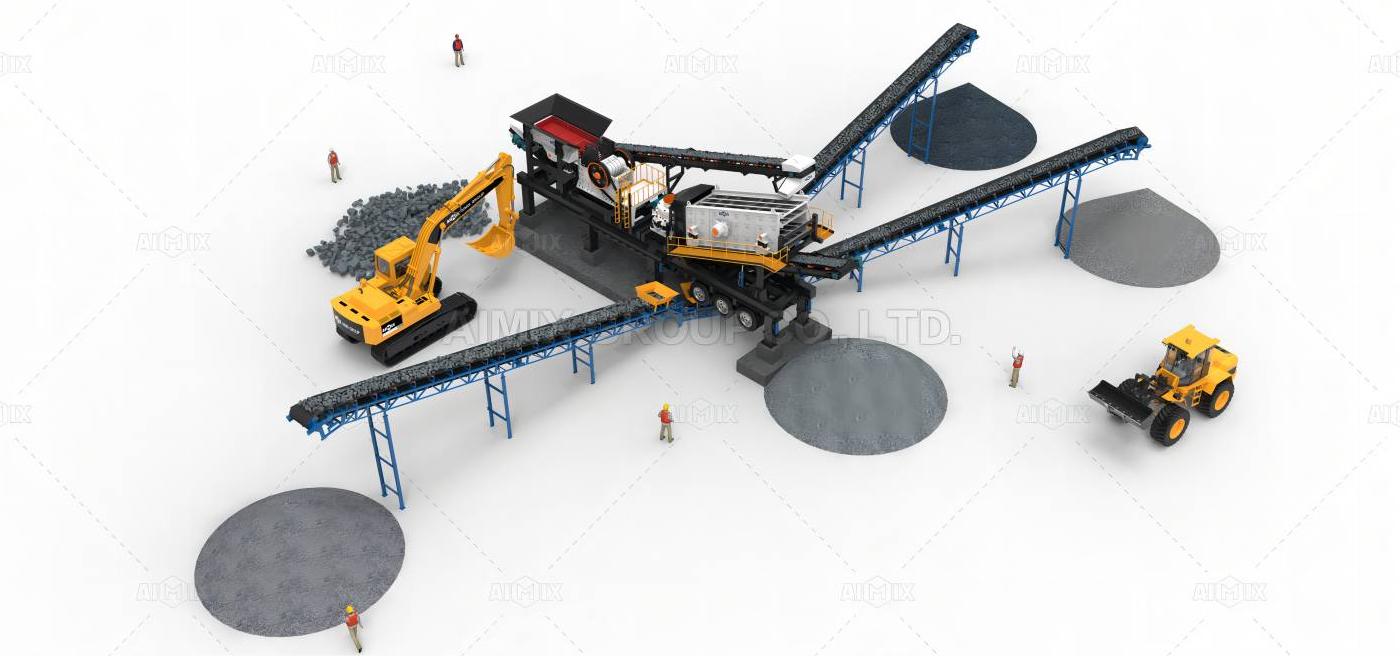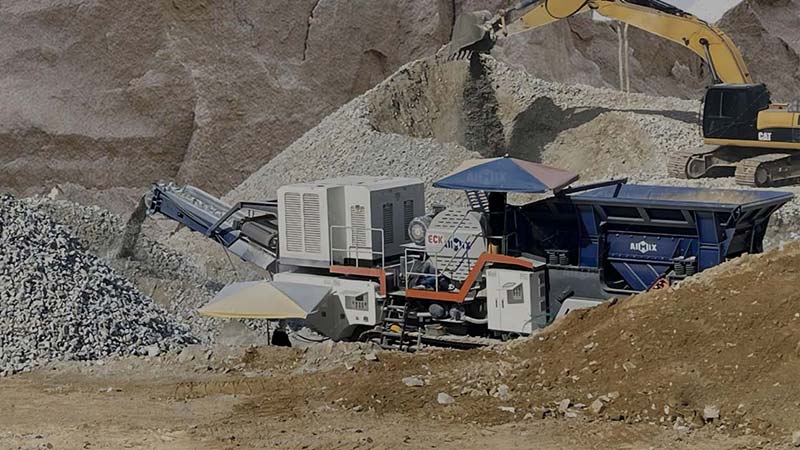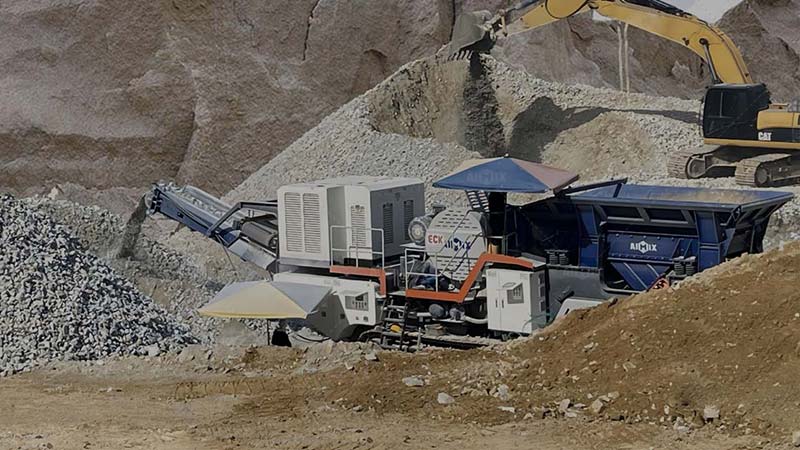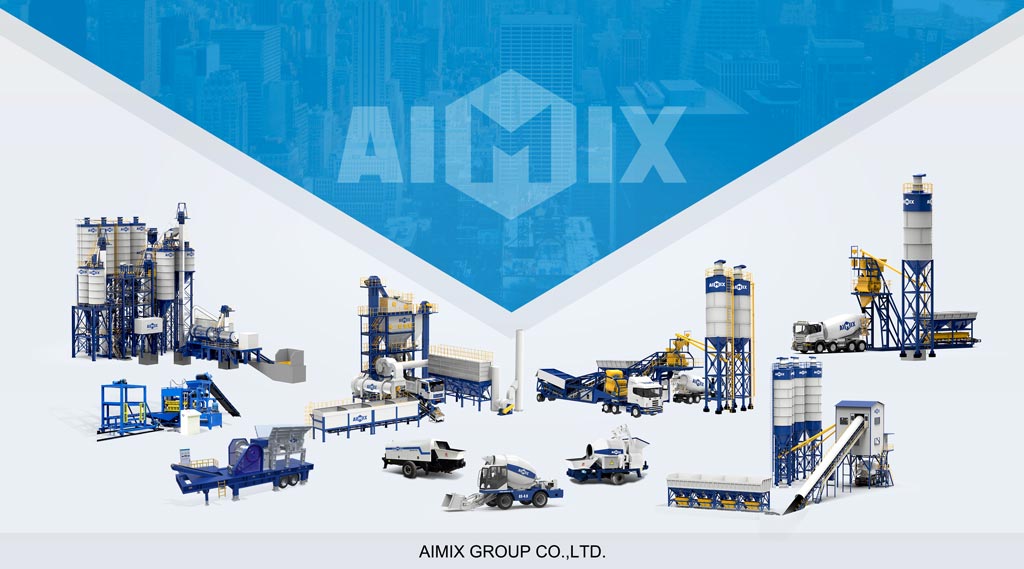In today’s fast-evolving quarrying and aggregate production landscape, the 150 tph stone crusher price is no longer determined by tonnage output alone. Technological advancement is a primary price accelerator—and rightly so. Embedded within modern crushing plants are intelligent systems that directly dictate productivity, energy usage, and lifecycle costs. While entry-level units appeal to price-sensitive buyers, savvy operations recognize that performance-driven enhancements can make or break profitability.

Technological Sophistication and Its Influence on Pricing
Modern 150 tph stone crusher plants integrate a constellation of advanced technologies. These include automated lubrication systems, variable frequency drives, PLC-based control architectures, and real-time condition monitoring sensors. Each of these additions is engineered to reduce human intervention, improve safety protocols, and stabilize performance over time. Naturally, these augmentations elevate the upfront capital cost. But the value lies in embedded operational resilience.
For example, an integrated dust suppression unit, although considered ancillary, contributes to regulatory compliance and prolongs component life. Similarly, crushers equipped with hydraulic relief systems prevent catastrophic damage during overload conditions. These technologies reshape the pricing structure—not as mere accessories, but as value carriers. The cost delta between a basic crusher and an advanced stone crusher plant can reach 20–30%, but that gap represents a layered investment in durability and control.
Operational Efficiency Gains Through Advanced Features
Where the real impact is felt is in downtime reduction and process continuity. Wear-resistant liners optimized through digital simulations extend runtime before maintenance is needed. Automated feed controls prevent overloading and ensure a consistent gradation of output materials. These capabilities convert raw throughput into meaningful yield.
Real-time diagnostics—often transmitted via remote cloud-based platforms—enable operators to visualize performance metrics like motor load, bearing temperature, and power draw. Early fault detection becomes not just possible but routine. This shifts maintenance from reactive to proactive, drastically curtailing production interruptions.

Enhanced crushing chamber geometries and dual-layer screening technologies also play a role. By optimizing material stratification and crushing angles, advanced designs reduce recirculation loads and improve product shape, particularly in secondary and tertiary applications. Such nuanced engineering produces superior aggregates with fewer processing stages.
Strategic Investment: Balancing Initial Cost with Lifecycle ROI
Initial purchase decisions often fail to reflect the total cost of ownership. Plants equipped with telematics and remote analytics capabilities may carry a premium, but they reduce the frequency and severity of failures. Predictive maintenance—driven by machine learning algorithms—forecasts component fatigue and schedules part replacements well before mechanical limits are reached.
Furthermore, modularity in design enables scalable upgrades. A mobile crushing plant that supports bolt-on automation, secondary screening modules, or hybrid power integration provides a future-proof asset. It allows enterprises to adapt to market demands without replacing core infrastructure. Over a five-year operating window, the additional CAPEX is often amortized through savings in fuel, manpower, and downtime mitigation.
Lifecycle ROI modeling consistently shows that technologically advanced crushers yield superior net margins. High-efficiency motors alone can reduce electricity consumption by up to 15%, while precision feeding can slash waste by 10–12%. For operations running continuously, these metrics aren’t optional—they’re decisive.
In conclusion, the 150 tph stone crusher plant has evolved from a brute-force machine to a data-driven production asset. Investing in advanced features is not an indulgence—it’s an operational imperative. The interplay between upfront cost and downstream efficiency defines the modern crushing economy.


Comments
No comments yet. Be the first to react!